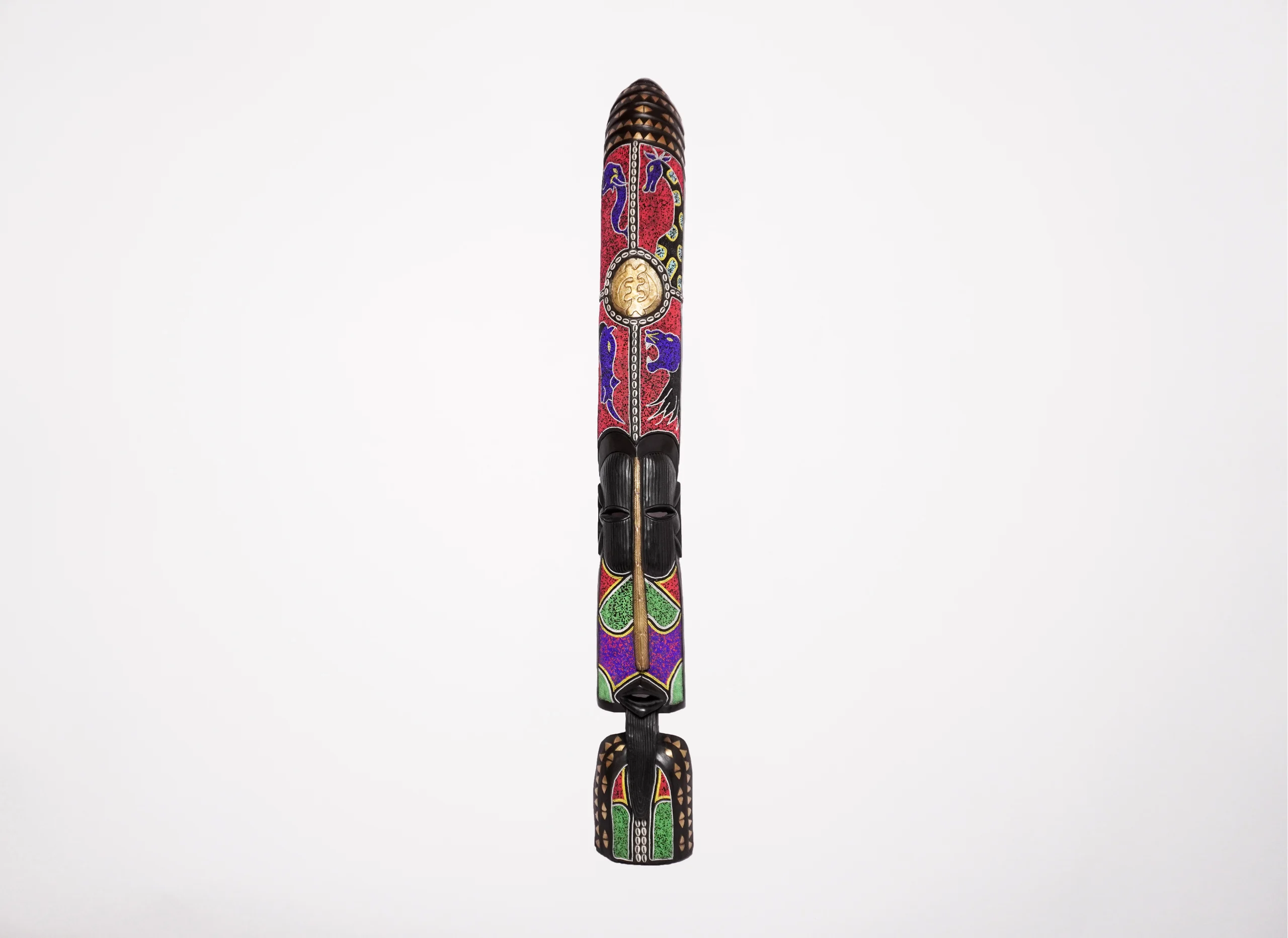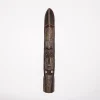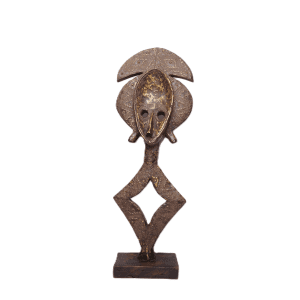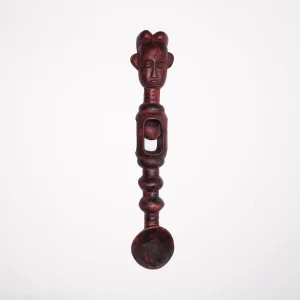Fulani Masks: Traditional Long Masks from West Africa Fulani masks, also known as traditional long masks, originate from the Fulani people of West Africa. Rather than representing a single standardized style, these masks encompass a variety of forms used in different cultural ceremonies and rituals. They often embody the Fulani ideals of beauty and identity and may play significant roles in social events such as marriage proposals or rites of passage. Key Features and Cultural Meaning: Emphasis on Beauty: Fulani masks often highlight aesthetic ideals, especially feminine beauty. They typically feature stylized, graceful forms, including delicate facial features that reflect the Fulani appreciation for elegance and charm. Ceremonial Roles: These masks are used in diverse cultural settings, including marriage rituals, initiation ceremonies, and social festivities. In some cases, the mask symbolizes approval in marriage proposals or serves to honor important life transitions. Craftsmanship and Materials: Traditionally carved from wood, Fulani masks may be decorated with materials such as beads, polished aluminum, fabric, or cowrie shells. The artistry reflects the Fulani’s refined sense of design and symbolic expression. Spiritual and Social Symbolism: Fulani masks are more than decorative objects—they often represent spiritual entities, ancestral spirits, or totemic animals. Some also signify a person’s status, role, or lineage within the community. Embodiment through Performance: During performances, the person wearing the mask is believed to embody the spirit or identity the mask represents. The transformation is deepened through the use of dance, chants, and music, creating a powerful cultural and spiritual experience.
FULANI MASK











